Plique-a-jour enameling is an enameling technique known for its translucent effect, involving both enameling and soldering processes. The first step entails creating a framework of metal, typically silver or gold, with small cells.
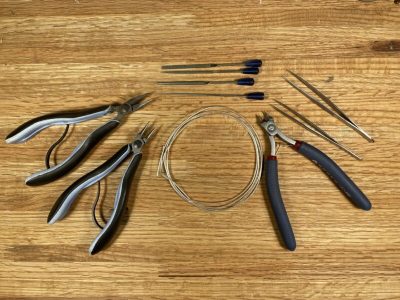
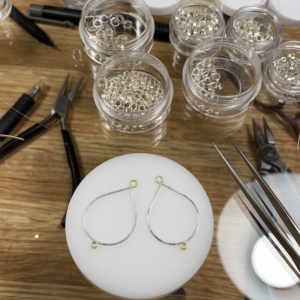
These cells are carefully soldered together to form a delicate structure. Then, powdered enamel is meticulously applied to the cells, and the piece is fired in a kiln at high temperatures. As the enamel melts, it fuses to the metal frame, creating a stained-glass-like effect. The soldered joints ensure the structural integrity of the piece during the firing process.
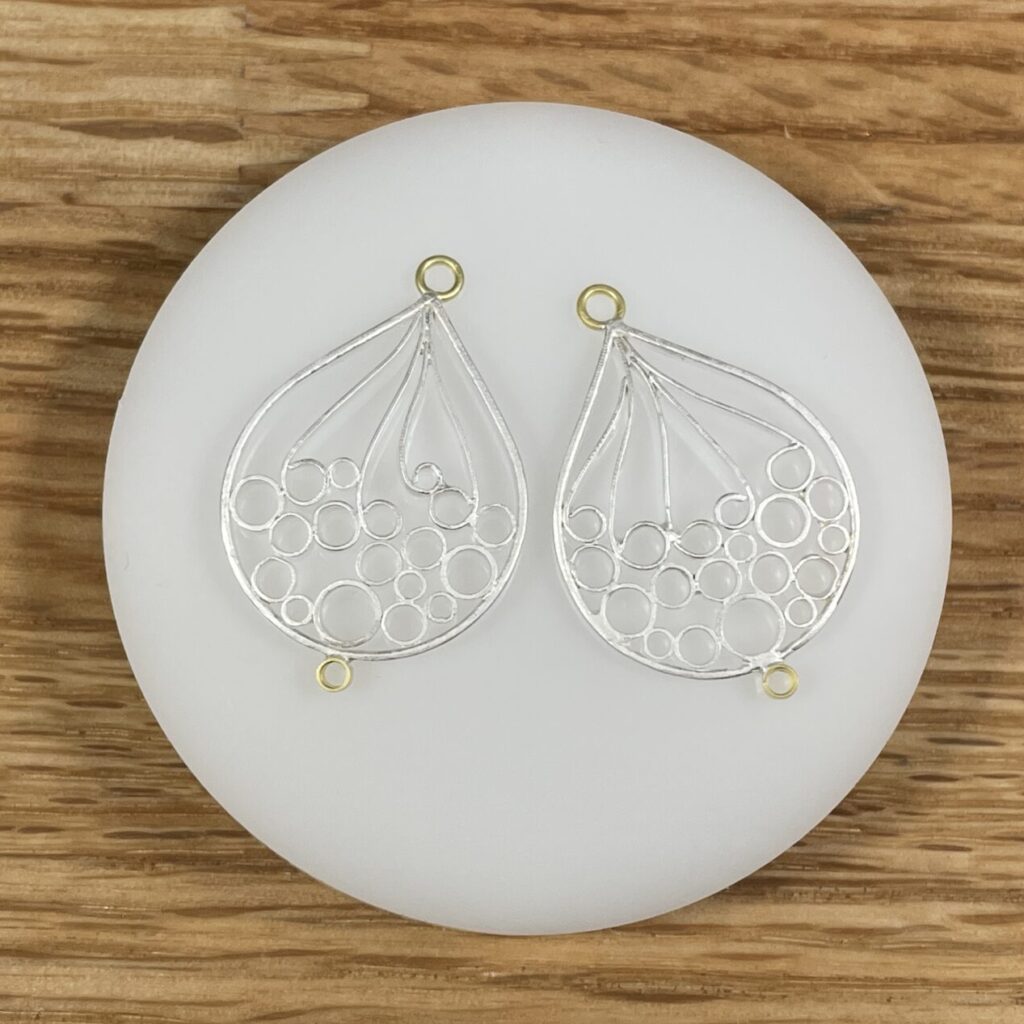
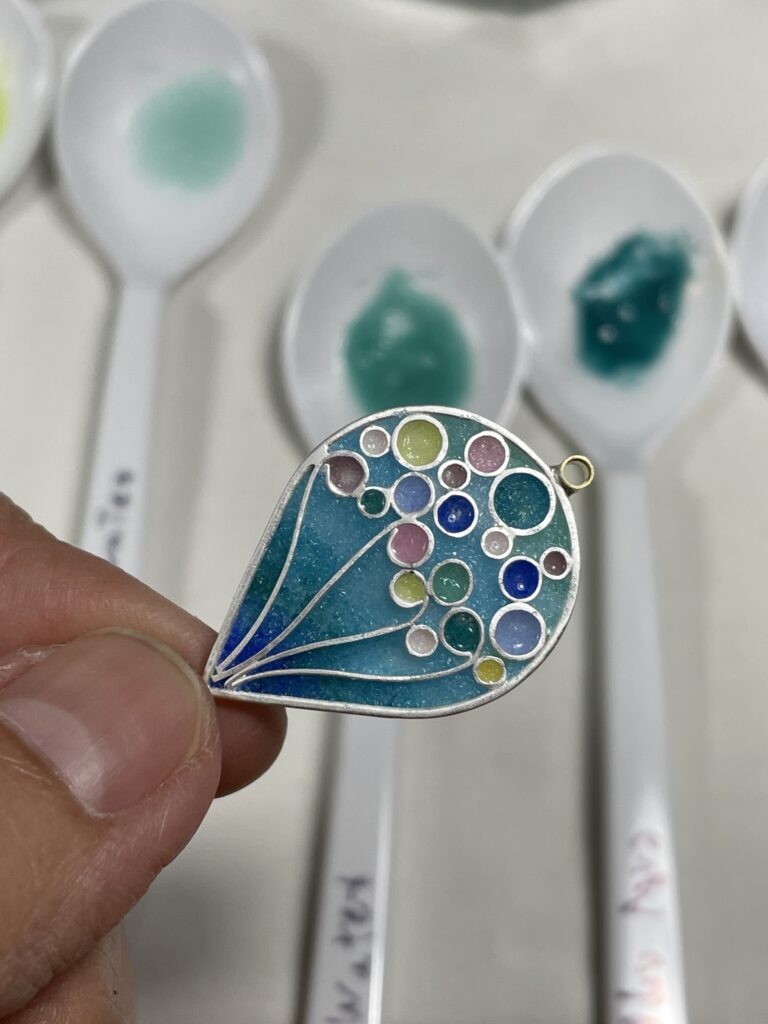
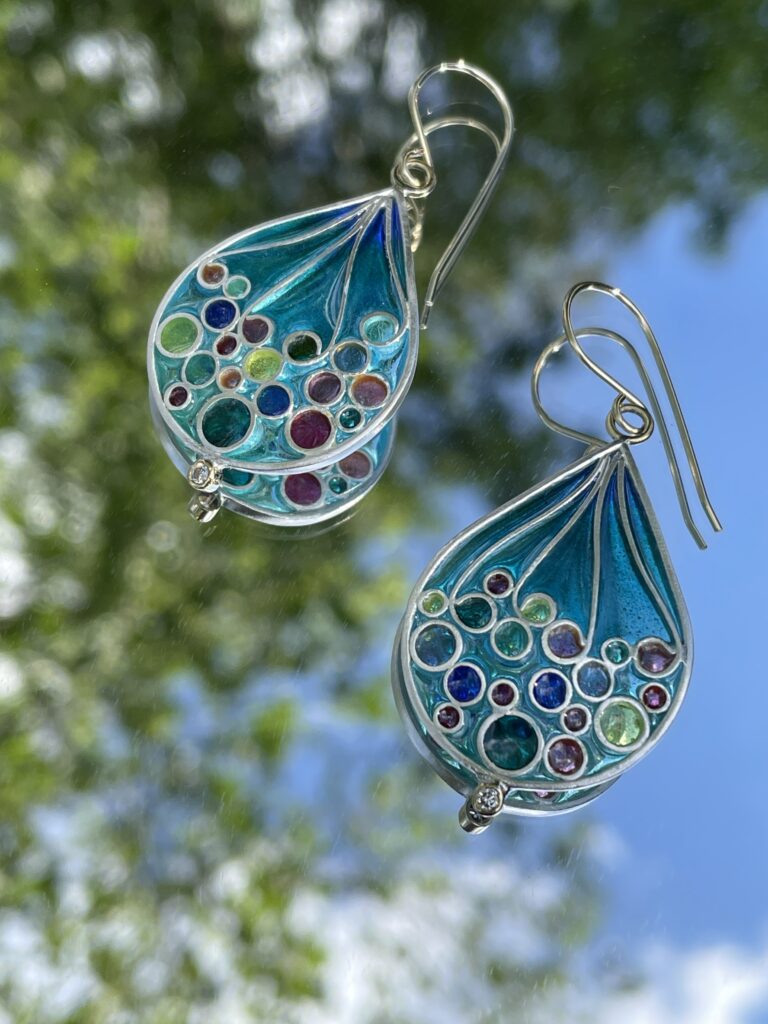
The absence of a solid backing allows light to pass through the enamel, resulting in a captivating display of vibrant colors and luminosity. Plique-a-jour enameling requires expert soldering skills and precision in enamel application to achieve its remarkable and ethereal appearance.
The technique of plique-à-jour has been practiced for centuries, with notable examples found in ancient Byzantine and medieval European art. Plique-a-jour translates to “letting in daylight” in French, which refers to the translucent enamel that allows light to pass through.